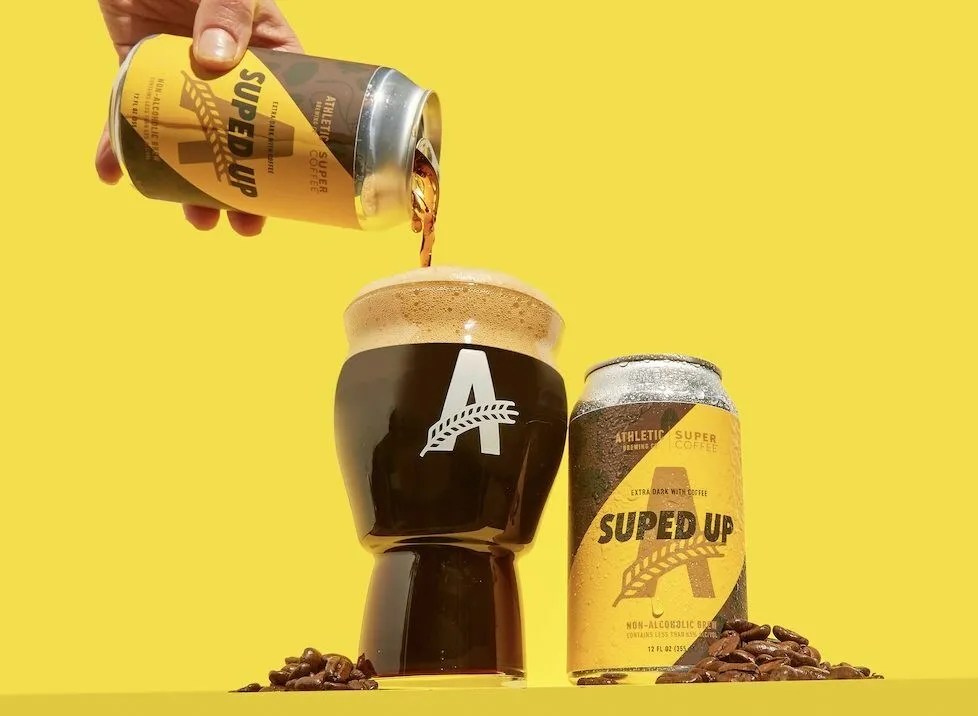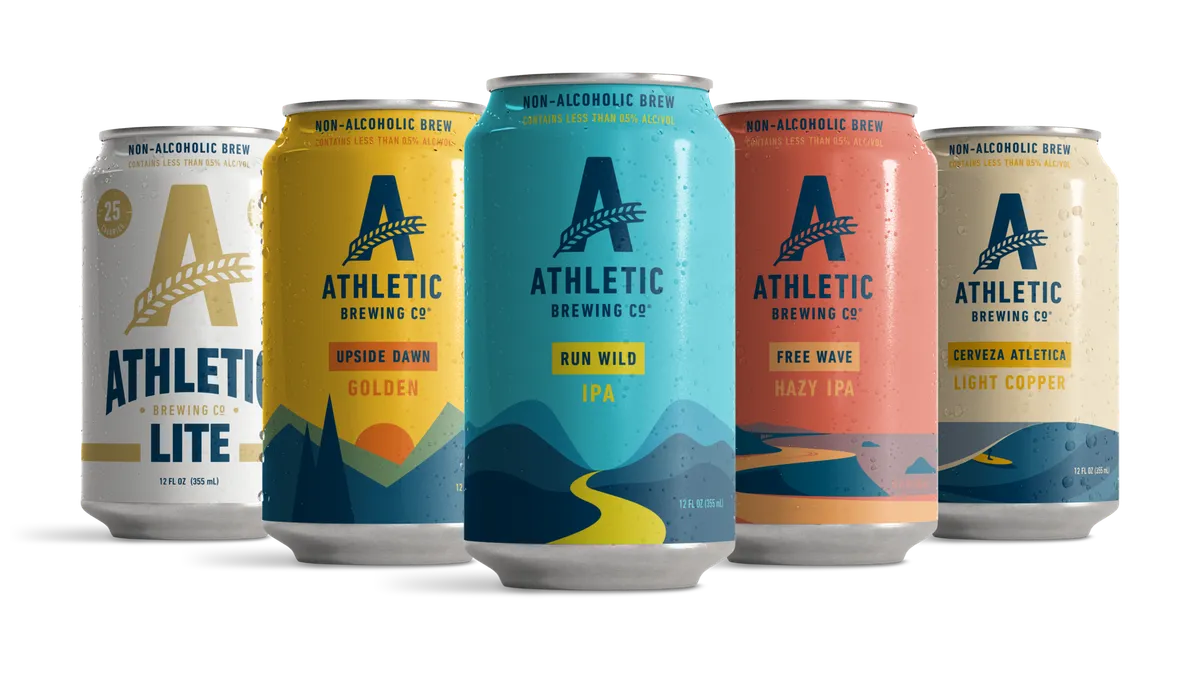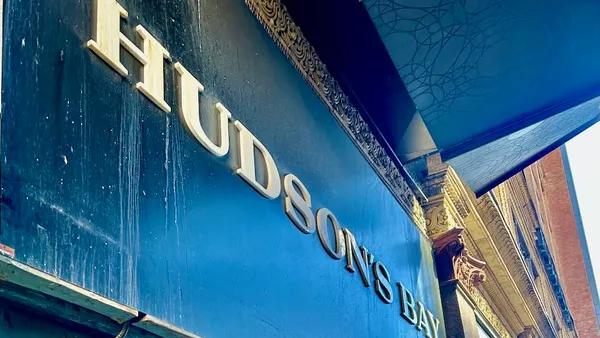Dry January has gained steam in recent years. But it’s not nonalcoholic beer maker Athletic Brewing’s best month for sales — that comes in the summertime.
“But right now in January is where we have an opportunity to invite a bunch of people to try noalcoholic beer for the first time, and hopefully they stay with us the rest of the year,” Athletic’s Chief Marketing Officer Andrew Katz said in an interview.
The brand sells a variety of brews containing less than 0.5% alcohol-by-volume — from Marionberry Sour with Lactose to Belgian-Style White — and consistently launches new beers on its website, in stores nationwide and at its taproom in Milford, Connecticut.
While nonalcoholic beer is still nascent, Athletic Brewing CEO Bill Shufelt said the company has captured roughly a third of the category. The segment grew 35% in the U.S. in 2023 and 24% in 2022, and the fast acceleration has benefited the brand’s name identification, according to Nielsen data cited by the company.
Beers that do not contain alcohol are set to see the most growth among beverage offerings in the no- and low-alcohol space through 2027, according to a projection from beverage analysis group IWSR.
In honor of Dry January, the company launched a “Track Record” feature on its app and website, which allows consumers to keep tabs on their streak of days that they did not consume alcohol. Katz said that the aim of the company’s “Give Dry A Try” campaign is not to convince consumers to ditch booze entirely but rather to provide an occasional alternative as they experiment with drinking less.
“We think the all-or-nothing mindset for Dry January can be a little intimidating, and we’ve seen data indicating that suggests people give up halfway through the month,” Katz said. “Our goal is to be invitational and participatory, as opposed to making it more of like a challenge.”
Shufelt said the company is focused on educating consumers about the positive benefits of its alcohol-free option rather than chastising alcohol itself. Its Athletic Lite contains 25 calories and five grams of carbs per can.
“Alcohol is very calorie dense, tends to be about 20 calories per 1% ABV,” Shufelt said. “If you take out the alcohol, you can pack a lot of ingredients and flavor into the package at a much lower calorie point,” Shufelt said.

Leading a growing category
The genesis of Athletic Brewing developed after Shufelt stopped drinking 10 years ago and found himself dissatisfied with nonalcoholic options on the market. He read brewing textbooks and set out to develop a new kind of brewing process before launching the brand in 2017.
“We home brewed in an empty warehouse for a year doing hundreds of iterations and came up with a totally innovative way to make nonalcoholic beer naturally, without a lot of the aggressive technology,” Shufelt said.
The brand’s IPAs consist of water, malted barley, oats, hops, wheat and yeast.
Finding a new marketing approach was a key component to Athletic’s approach. Shufelt said previously, nonalcoholic drinks were treated as a “penalty box” for designated drivers, people with medical issues or recovering alcoholics. Athletic decided to lean heavily on its better-for-you elements, such as the amount of calories and carbs consumers can cut out of their diet by substituting the brand’s drinks for beer.
Part of Athletic’s success thus far has come from adopting the same distribution partners as alcoholic beer to be viewed alongside alcohol, as opposed to being sectioned off away from alcohol on store shelves.
“We are partnered with hundreds of distributors across the country. So we’re getting to store shelves, the same way that a full-strength beer would in 99.9% of the cases,” Katz said. “In five to 10 years, we will continue to coexist with our alcoholic counterparts, because we’re all part of the same ecosystem.”
The brand has introduced innovative blends to widen its reach. Last year, it debuted a collaboration with Super Coffee made with two pounds of coffee per barrel and rice protein.
Shufelt said despite new entrants in the alcohol-free space, Athletic is not concerned with competition and is instead focusing on building awareness of the existence of nonalcoholic beer options — given that only 30% of American consumers are aware of the category’s existence, according to the company’s consumer data.
“So that points to a category that is ultimately going to be tens of billions of dollars, in terms of the overall $115 billion U.S beer market,” Shufelt said.















